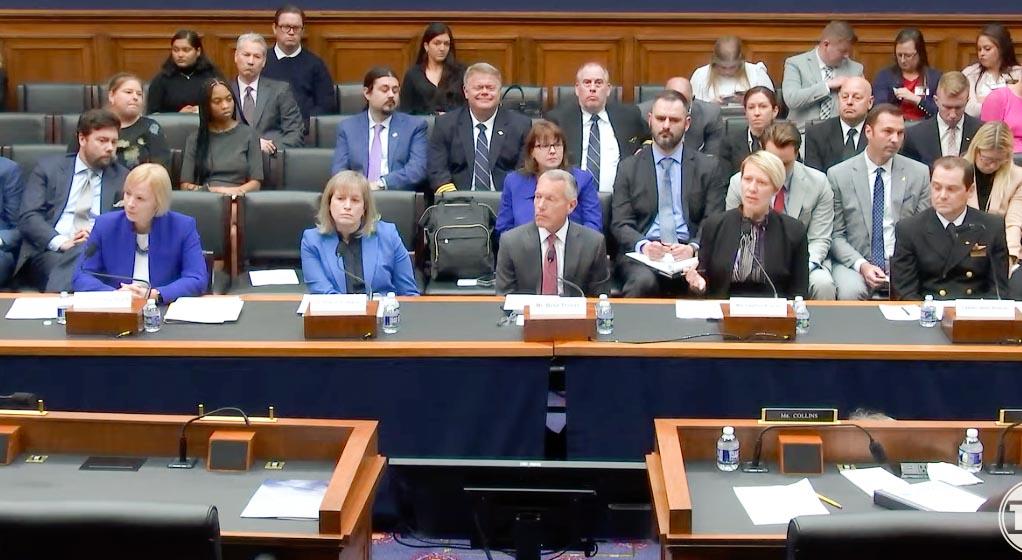The cost of becoming an airline pilot is sky-high—in excess of six figures in many cases.
A large chunk of the cost comes from a decade-old requirement: pilots must have 1,500 hours of in-flight experience to be certified.

The cost of becoming an airline pilot is sky-high—in excess of six figures in many cases.
A large chunk of the cost comes from a decade-old requirement: pilots must have 1,500 hours of in-flight experience to be certified.